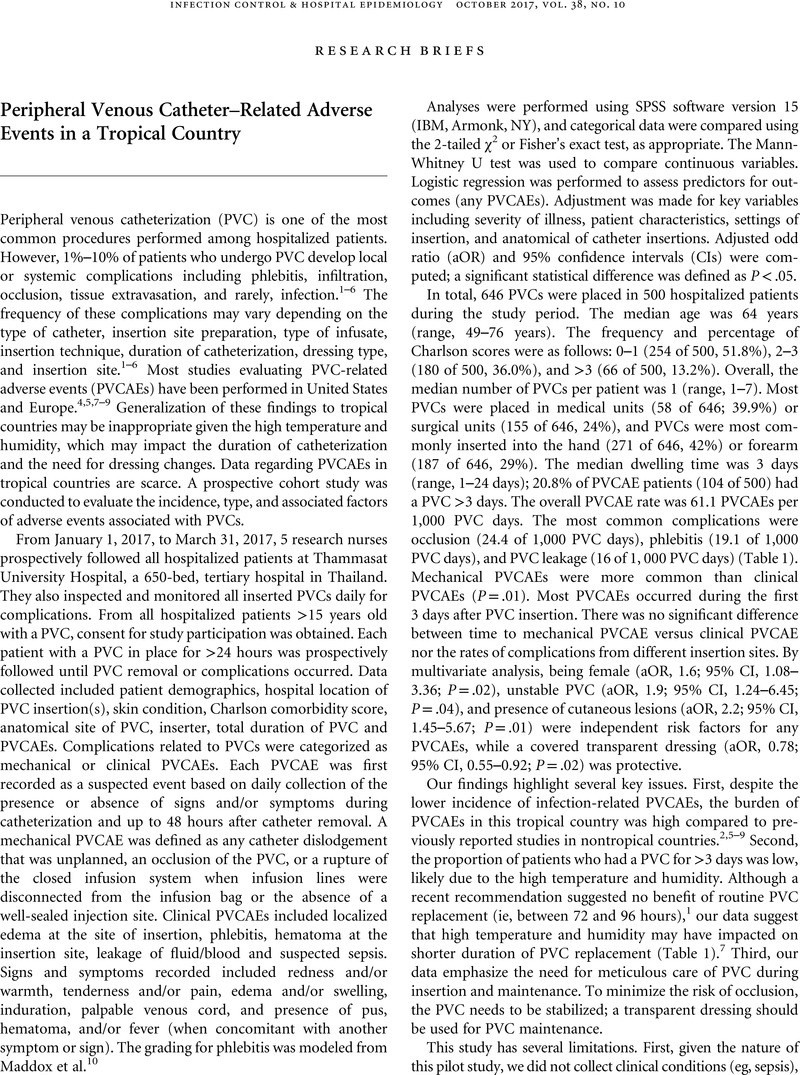Crossref Citations
This article has been cited by the following publications. This list is generated based on data provided by Crossref.
Machado-Alba, Jorge E
Cardona-Trejos, Edwar A
Delgado-Pascuaza, Yudy Lorena
Torres-Bahamon, Daniel R
and
Portilla, Alfredo
2019.
Adverse events associated with medical devices in patients at different clinics and hospitals in Colombia.
Journal of Patient Safety and Risk Management,
Vol. 24,
Issue. 6,
p.
245.



